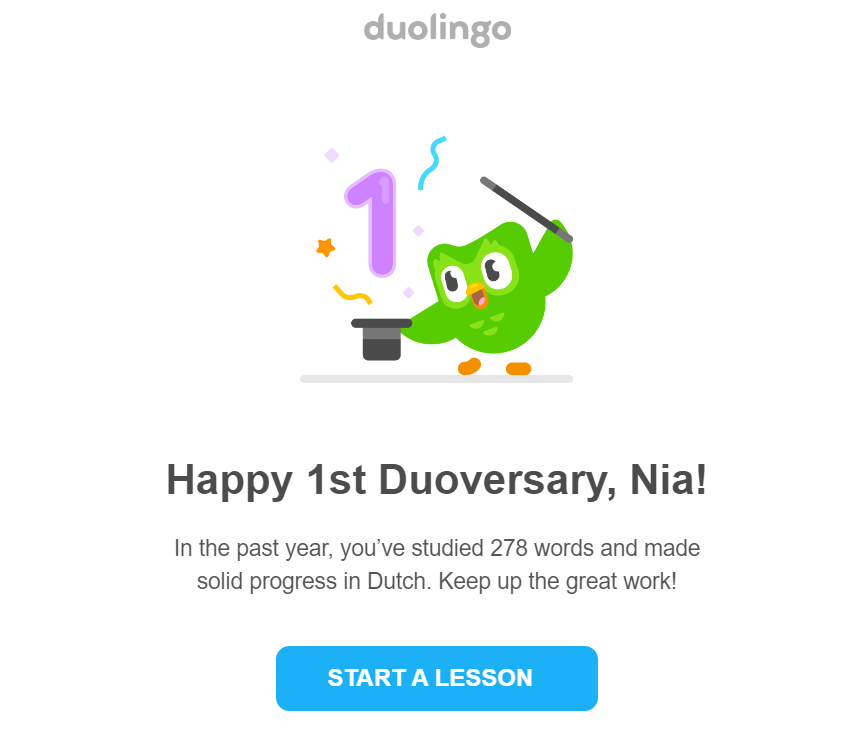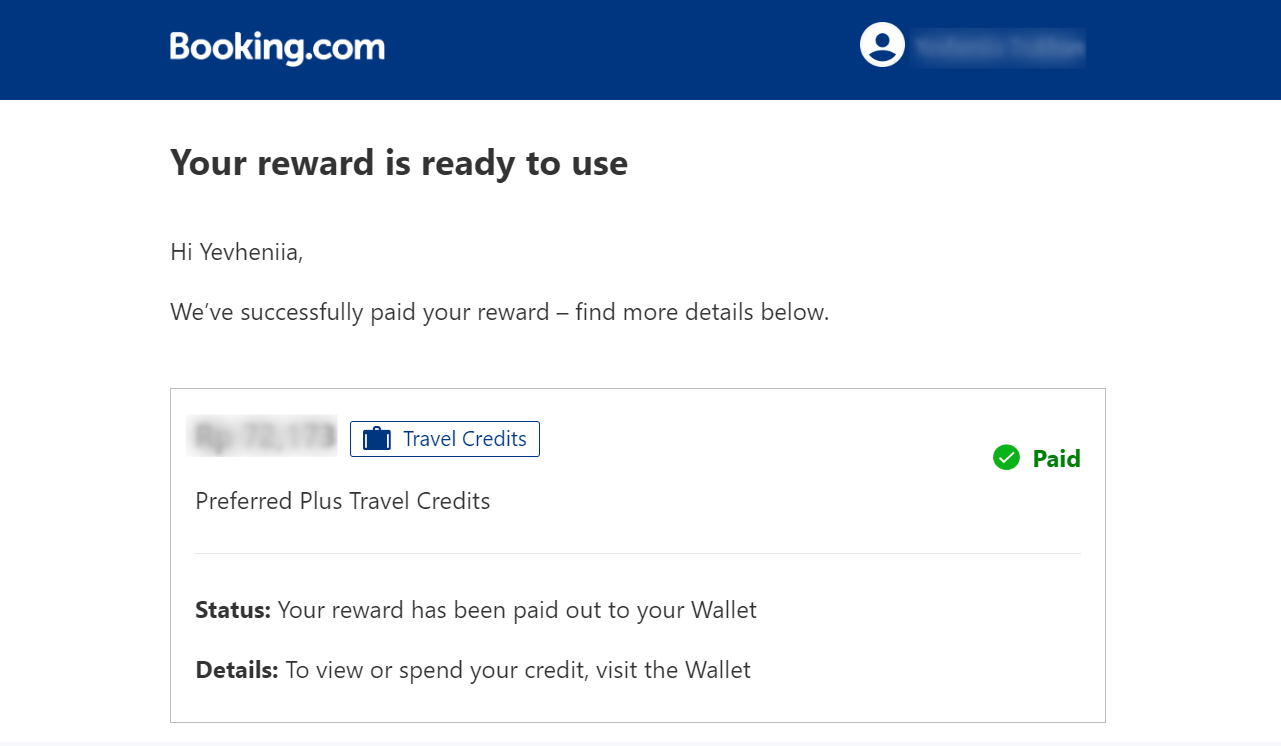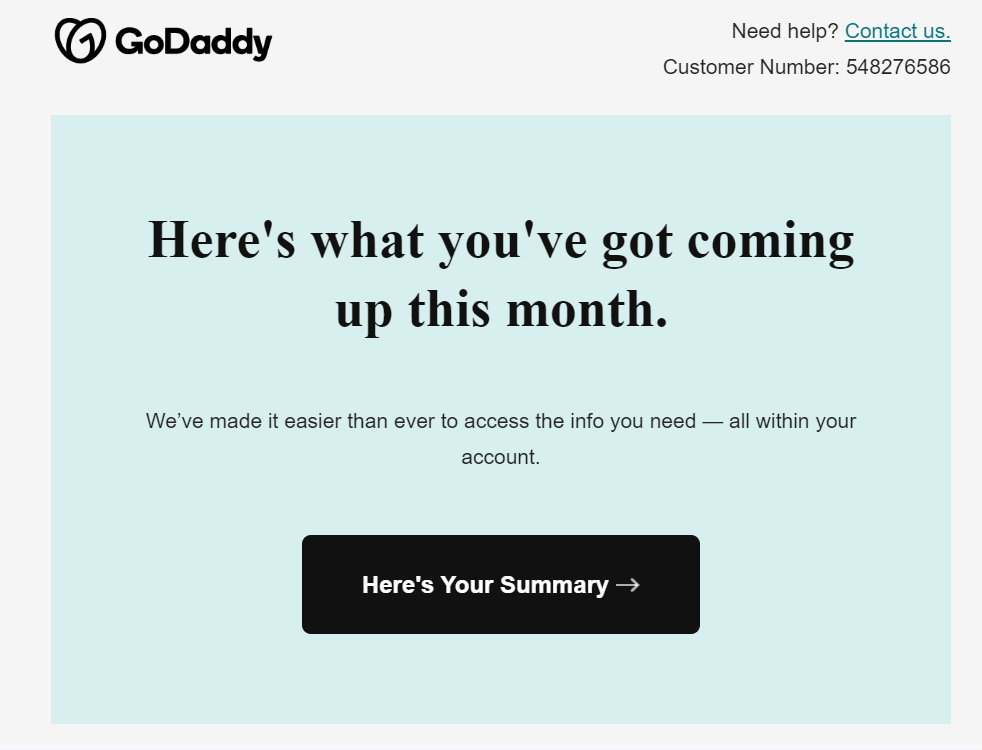Email segmentation is a strategy that allows marketers to divide subscribers into smaller groups based on specific criteria, including demographics, behavior, needs, purchases, and interaction history. This provides users with more personalized content and relevant and timely messages, boosts engagement, and improves conversion rates.
In this video, Alex, a marketer at SendPulse, unveils segmentation strategies and explains how to incorporate them into your email marketing strategy.
In this article, we’ll delve into the importance of email segmentation and its best strategies. We’ll also explore some effective tips and inspiring examples.
Why is segmentation important in email marketing?
Segmentation is essential in email marketing because it allows you to deliver relevant, personalized, and timely messages to the right target audience segments. This is the best way of meeting customers’ needs and encouraging them to take the desired action. Let’s check out statistics to have more persuasive reasons to utilize email segmentation.
Email Segmentation Statistics
Markers report various benefits segmentation brings for businesses. Below, you can check some proofs presented in numbers.
- 29% of marketers identify email marketing as the most effective marketing channel for business;
- Segmentation improves email open rates by 30% and click-through rates by 50%;
- Email list segmentation is one of the most effective personalization strategies for marketers, reaching 51%;
- Segmented campaigns have 4.65% lower bounce rates;
- Email segmentation allows to reduce unsubscribes by 9.37%;
- 56% of people unsubscribe from companies because they receive irrelevant content;
- Subscribers receiving segmented campaigns perform a decrease in abuse reports by 3.90%.
Now that you know some statistics proving the effectiveness of email segmentation, it’s time to find out how segmentation helps with your email marketing efforts.
- Prompts to learn more about the clients. To succeed with segmentation, you need to know the people you want to converse with. Segmenting mailing lists will help clarify the aims of email marketing campaigns. It is more convenient to address your goals towards relevant groups of people rather than try to blanket all of them with a one-size-fits-all message.
- Motivates maintaining a robust email database. To implement email segmentation, you need to put the contacts in order and remove those who don’t show any signs of activity. Without segmentation, your database will become messy, especially when you have thousands of contacts.
- Improves efficiency. Segmented mailing lists make email marketing campaigns more targeted and compelling. Segmentation significantly increases open rates and click-through rates compared to non-segmented campaigns.
- Сonsolidates email reputation. Emails containing targeted and valuable information found more natural engagement from your audience. Recipients like having high-quality content in their inboxes. They trust and rely on those who provide them with this content and look forward to receiving more.
- Lays a foundation for good and effective communication. Email segmentation results in a pleasant experience for the clients. It is a fundamental practice that builds up less robotic and human relationships with people.
Now that you know why segmentation is essential for email marketing, let’s examine some effective implementation strategies.
8 Email Segmentation Strategies
There are numerous email segmentation approaches you can incorporate to maximize the success of your email marketing campaigns. Below, you’ll find some excellent strategies to consider.
- Demographic segmentation. This strategy implies dividing subscribers based on their demographic criteria, including age, gender, location, income level, occupation, etc. For example, if you sell perfumes, you can send product recommendations to subscribers based on their gender. It enables you to offer relevant products.
- Behavioral segmentation. It involves segmenting your subscribers into groups based on their past actions and behaviors, like purchase or browsing history, email opens, clicks, and conversions with email campaigns. With its help, you can deliver messages crafted to comply with specific needs leads and customers have during their customer journeys.
- Buyer journey stage segmentation. It comes in handy when it's time to divide your subscribers into groups based on their journey with your brand. Your mailing list might include new subscribers, first-time buyers, repeat purchasers, or lapsed customers, each with unique needs and preferences. With this type of segmentation, you can send relevant, valuable content, allowing you to nurture relationships and encourage conversions at various stages of the customer journey.
- Predictive segmentation. It involves applying predictive analytics and AI to find out the likeliness of subscribers to churn, purchase, or choose your products. With its help, you can proactively engage with customer segments and send them personalized recommendations and offers that push them toward the desired action.
- Preference-based segmentation. It involves providing options for subscribers to set up their email preferences. These include content topics, email frequency, communication channels, and others. The strategy allows you to deliver content that aligns with subscribers’ interests.
- Recency, Frequency, Monetary (RFM) segmentation. It implies segmenting clients based on the recency of a purchase made, purchase frequency, and revenue they bring. With this strategy, you can determine loyal clients, high-value customers, and people you need to send re-engagement campaigns to.
- Engagement-based segmentation. This approach requires you to divide subscribers into groups based on their interactions with your email campaigns. You can check their open, click-through, and conversion rates to identify whether subscribers belong to active customers or those who haven't engaged in a while. After that, you'll have a list of subscribers needing immediate attention, such as targeted re-engagement campaigns.
- Upsell and cross-selling segmentation. This strategy focuses on promoting and selling additional products customers might be interested in. To make it work, you need to analyze and determine selling opportunities based on clients’ purchase and browsing history and their needs.
Now that you know the strategies, it’s time to explore email segmentation best practices and tips for better executing your email marketing strategy.
Email Segmentation Best Practices and Tips
Whether you're just starting with email segmentation or striving to improve your email marketing strategy, we’ll provide you with tips that work. In this section, you’ll find some steps to complete to make your email campaigns more personalized and relevant to subscribers, driving your open and click-through rates.
- Figure out the segmentation strategy that fits you. After gathering your audience, analyze it and determine the best way to segment it. It depends on your business. For instance, if you sell healthy food, you’d drive segmentation for vegans, vegetarians, people with health problems, athletes, etc.
- Create a survey or a quiz. Even if you didn’t know about segmentation initially, you can still learn more about your contacts. Tell your audience you created a quiz or a survey to improve the quality and personalization level of emails you send them. Many will be excited to help! On the other hand, it is a great chance to add more trust to your relationships with your contacts.
- Divide according to lifecycle stages. The lifecycle stage depends on the place of the contacts in a funnel. There are three lifecycle stages: subscribers, leads, and customers. They all deserve to receive different messages, according to what actions you expect them to take.
- Define buyer persona segments. Imagine your customers’ psychological portraits. Divide your audience into groups based on their preferences, lifestyles, habits, and beliefs. When you define 3-5 types, you can even ask your contacts which persona they bear the strongest resemblance to in a quiz.
- Pay attention to geographical segments. With email segmentation by a geographical principle, you can send different emails to people from various countries. Also, this segmentation type enables you to submit your email at the right time, bearing in mind that customers may live in different time zones.
- Use segments based on the amount spent. Beneficial email segmentation is built upon how much your consumers spend on your product. Divide the active part of your audience into VIPs, sales shoppers, and brand shoppers. Think about what kind of content is the most preferable for each customer and create relevant emails.
- Mind the time since the last purchase. You can also divide your active contacts into frequent buyers and one-time customers. You need to stir up the interest of regular buyers and propose those who bought only once and encourage discounts on similar products they liked before.
- Maintain a healthy database. Not all of your contacts look forward to communicating with you, so you need to clean your mailing list from passive subscribers. According to HubSpot, the database naturally decays by 22.5%.
Now that you know some effective tips, let’s see how they work in real life. In the next section, you’ll find some excellent email segmentation examples. They’ll give you a hint on where to start.
Email Segmentation Examples
There are many examples of companies using email segmentation when sending campaigns to their subscribers. In this section, we’ll explore some great examples to inspire you to apply this approach. So, let’s get started.
Duolingo
Duolingo, a language learning app, successfully implements segmentation in its email campaigns. In the example below, you can see how attentive they are to their users. The company sends emails celebrating anniversaries with the brand, containing accurate information about the learning progress of every customer. Duolingo shows its audience its care and encourages users to continue learning languages with the brand. Subscribers can click a call-to-action button to start lessons.

Traveloka
Traveloka, a travel platform ensuring secure trips around Southeast Asia, also incorporates personalization and segmentation based on customers’ browsing and search history in its app. Based on the flights, hotels, and experiences users search in the app, the company sends personalized email campaigns, including various attractive offers, discounts, and promos for these destinations. For instance, after searching for flights to Thailand, users can receive an email with coupon codes, allowing them to get reduced prices.

Booking.com
Booking.com, a well-known online agency, takes the next step towards email segmentation. The service rewards its loyal customers with various perks, including taxi and experience discounts and travel credits. Once subscribers complete a specific number of bookings through the service, they will be rewarded with credits they can use to reduce the price of their hotel rooms or flights. After receiving these perks, users are instantly notified through personalized email campaigns, mentioning the reward and its amount.

The Yoga Barn
The Yoga Barn, a yoga studio, provides subscribers with information about classes they might be interested in. The company’s website tracks the browsing history of yoga students so that they can receive information on the yoga classes they might like to participate in. In this particular example, you can see a message about the “Somatic Yoga Master Class Series.”

GoDaddy
GoDaddy, a web hosting service, provides customers with a summary that contains all the necessary information each client needs. It allows them to find everything they search for quickly. The content is crafted to the individual preferences and needs of each subscriber so that it sounds relevant to each individual.

Congrats, now you know what email segmentation is and why it's essential based on statistics. Our strategies, best practices, and examples will encourage you to create an outstanding email marketing strategy with segmentation.
Learn more about email segmentation on our blog
FAQ
? What are the benefits of email segmentation?
Email segmentation allows you to deliver personalized messages that are timely and relevant to each of your audience segments. By sending email campaigns crafted to customers’ preferences, interests, and needs, you can boost engagement, which results in higher open, click-through, and conversion rates. This, in turn, enables you to generate more revenue while reducing churn rates.
? What is the difference between email segmentation and personalization?
While email segmentation implies dividing customers into smaller groups based on similar criteria, including demographics, behavior, needs, and interaction history, personalization involves crafting individual email messages to make them relevant for each segment.
❓ What is advanced email segmentation?
Advanced email segmentation means dividing subscribers into groups based on purchasing behavior, engagement patterns, interests, and preferences rather than on basic facts like age, gender, location, etc. These factors allow you to create more targeted messages containing personalized recommendations based on preferences and needs. It results in higher engagement and better conversion rates.
⚙️ What email segmentation tool can I use?
You can use SendPulse email marketing solution to segment your list, personalize your content, and deliver highly targeted and engaging email campaigns. The service enables you to send 15,000 emails using email verifier, segmentation, and personalization features for better results for free. The platform enables you to divide subscribers into groups based on their actions, ratings, opens and clicks over a specific period of time. Besides basic segmentation, you can also use automatically created segments based on subscribers’ behavior.
? What are some other email segmentation ideas?
By employing engagement frequency segmentation, you can categorize subscribers into groups and tailor emails according to their interaction frequency with your content. Cart abandonment segmentation allows you to reconnect with potential customers who have added items to their cart but did not complete the purchase, effectively targeting and encouraging them to finalize their transactions. Additionally, preference segmentation enables you to offer personalized product recommendations to subscribers, ultimately boosting open rates and engagement.
Last Updated: 09.06.2024



or